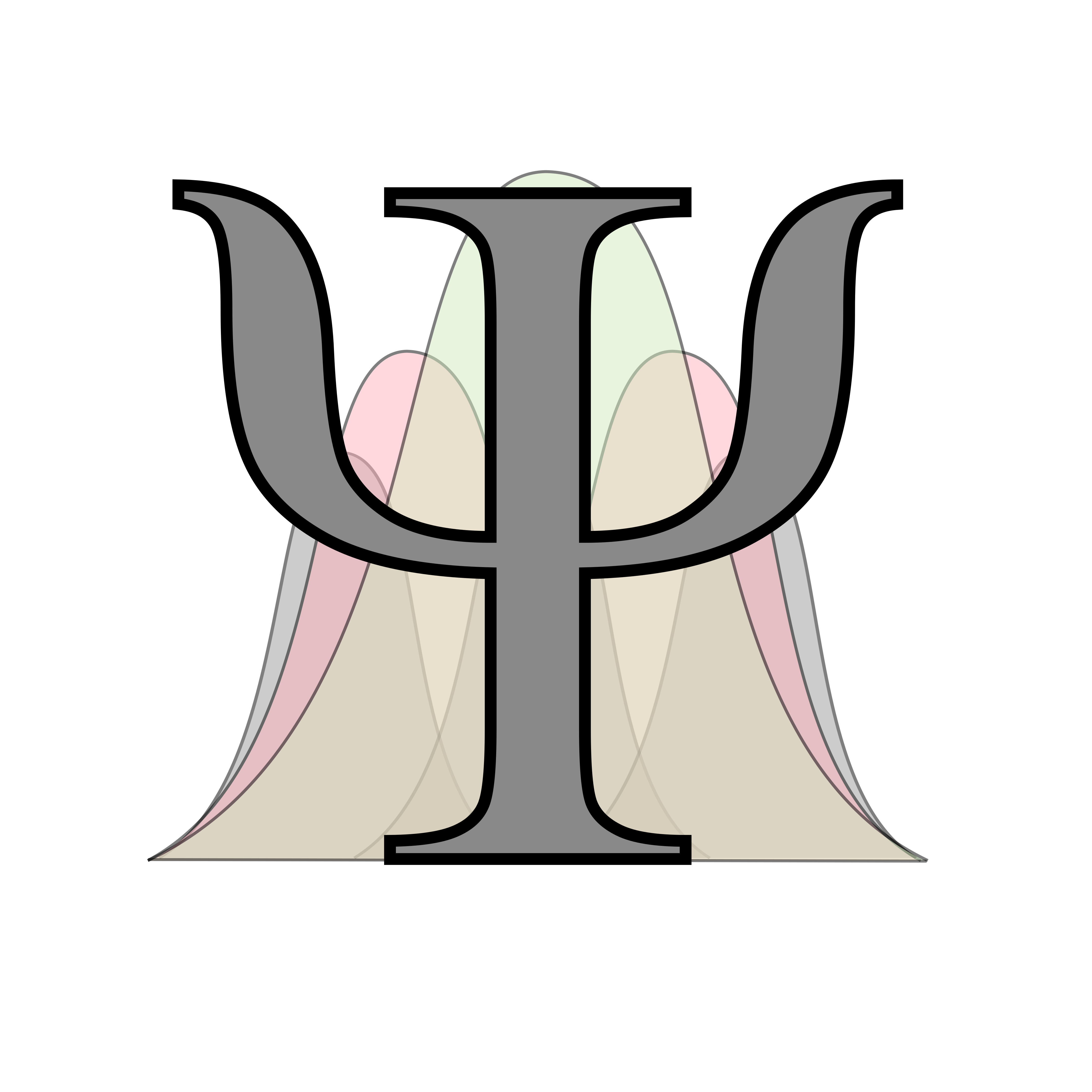Kletetschka said his theory overcomes some of the problems with earlier three-dimensional time theories that are based on traditional physics.
Those earlier theories, for example, describe multiple time dimensions in which cause-and-effect relationships are potentially ambiguous. Kletetschka’s theory ensures that causes still precede effects, even with multiple time dimensions, just in a more complex mathematical structure.
In three-dimensional time, the second and third dimensions are thought by some researchers, notably theoretical physicist Itzhak Bars of the University of Southern California, to become apparent, or unfold, at levels of extreme energy such as during the early universe or in high-energy particle interactions…
[…]
His framework accurately reproduces the known masses of particles such as electrons, muons and quarks and also explains why these particles have these masses.
Oh no, it’s the time cube all over again!
/s. I can’t pretend I understand any of it, but certainly sounds pretty cool.
I’d say this hypothesis is interesting and if we wait some time we could develop ways to test it, but then I don’t know in which dimension of time we’d need to wait for that. What if we wait orthogonally, in the wrong time dimension, and thus we never discover the necessary tests to falsify the hypothesis?
I’m half-joking. I see this new framework as a good development; even if I’m personally sceptic towards it, it might be surprisingly true or lead us towards the right direction, dunno.
I’ll need to reread this a few times to grasp it.
If you could step onto that sideways path and remain in the same moment of “regular time,” you might find that things could be slightly different—perhaps a different version of the same day. Moving along this perpendicular second path could let you explore different outcomes of that day without going backward or forward in time as we know it.
The existence of those different outcomes is the second dimension of time. The means to transition from one outcome to another is the third dimension.
This doesn’t make sense to me. Time as we know it t1, time sideways t2, but why is the transition along t2 all of a sudden a third dimension? Wat?
I just went straight to the paper. The article appears to misrepresent the proposed dimensions of time by attempting to analogize with 3D space.
What is actually proposes is a fundamental difference between classical physics and quantum physics and how the two are unified across an intersecting dimension, which gives rise to cause and effect. It does not appear to inherently support or oppose the many worlds interpretation, as the article implies.
t1 - mass (quantum-scale time)
t2 - cause/effect (interactions between t1 & t3)
t3 - gravity (cosmological-scale time)
So this would be the continuation of the idea that classical physics is an emergent property of quantum physics?
All the 1985s in the Back to the Future trilogy are at the same point in time dimension 1 (1985, duh), but different points in time dimension 2.
The Delorean takes a shortcut through time dimension 3 (think the typical wormhole analogy of poking a hole through a folded piece of paper) to get between the various 1985s and the various 1955s and 2015s, and 1855 (it’s obviously not using time dimension 1, since it “vanishes” at one point and reappears at another, or 2, since that wouldn’t allow it to get to a different year).
(Of course this is utter nonsense because that’s not how time travel works in Back to the Future, but it works as an analogy and it’s less complicated than Avengers: Endgame).
Removed by mod
https://www.worldscientific.com/doi/epdf/10.1142/S2424942425500045
Here is the paper.
See, it didn’t need an Ai slop picture to grab attention and to devalue the professional credibility of whoever wrote this paper.
Holding professionals and scientists to a higher standard is a must. So much slop is going to seep in once humans become complacent.
Removed by mod
Removed by mod





